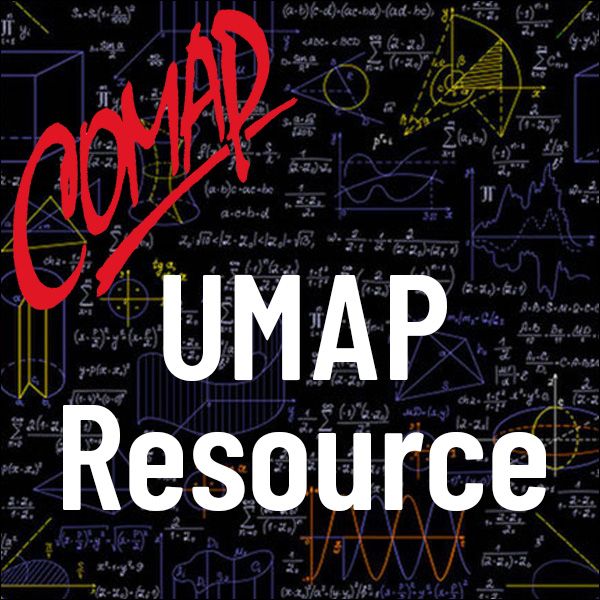Modeling Nutrition in the Classroom
Author: Rebecca McClinon & Kayla Blyman
One of the best things about teaching mathematical modeling is the many opportunities to collaborate across disciplines. But these are not just opportunities; it is quite necessary to engage in these collaborations to keep the problems and projects fresh and relevant. Moreover, at smaller schools where enrollment in mathematical modeling courses may be relatively small, collaborations that lead to cross-listings can make it possible to run a mathematical modeling course more frequently.
The authors, an exercise scientist and a mathematician, plan a collaboration specifically about human nutrition. There is some precedent for such collaborations, but mathematical modeling “is still not widely embraced within nutritional sciences” [Holscher 2023, 121].
Note: The information below was created with the assistance of AI.
Level of Mathematics
The mathematics level employed in this interdisciplinary course is undergraduate-level mathematical modeling with a focus on introductory to intermediate concepts:
-
The modeling is conceptual and application-driven, not heavily dependent on advanced mathematics (e.g., no calculus or linear algebra required).
-
Students engage in:
-
Data analysis and interpretation
-
Making assumptions
-
Sensitivity analysis
-
Iterative model development
-
This makes the course suitable for undergraduates in mathematics, exercise science, and related fields, particularly those new to modeling.
Application Areas
This course is a rich example of applied mathematical modeling in real-world contexts, specifically:
-
Human nutrition
-
Diet planning and analysis
-
Public health
-
Personalized dietary interventions
-
Disease-specific nutrition (e.g., diabetes, cardiovascular disease)
Students work with realistic data (via MyFitnessPal®) to create, refine, and interpret diet models, eventually transitioning from personal diet analysis to constructing plans for clients with specific health conditions.
Prerequisites
The document implies a few foundational prerequisites for students:
-
Basic mathematical skills (algebra, percentages, interpreting data)
-
Introductory nutrition knowledge or concurrent enrollment in a nutrition class
-
Computer literacy (navigating MyFitnessPal®, using data tools)
-
Analytical thinking and problem solving
The course scaffolds complexity: students first model their own diets before advancing to more complex client-based models, minimizing the need for advanced background knowledge at the start.
Subject Matter
The content integrates both mathematical modeling and nutrition science:
Mathematical Topics:
-
Modeling process steps: data collection, analysis, interpretation, validation
-
Iteration and improvement of models
-
Sensitivity analysis based on assumptions (e.g., food quality, portion sizes)
-
Constraints and optimization within a practical context (meeting caloric/nutrient goals)
Nutrition Topics:
-
Understanding macronutrients and micronutrients
-
Using Dietary Reference Intakes (DRIs) and MyPlate guidelines
-
Designing diets for individuals with:
-
General wellness goals
-
Specific medical conditions (e.g., hypertension, diabetes)
-
This interdisciplinary framing encourages collaboration and real-world application.
Correlation to Mathematics Standards
While not explicitly mapped to a particular standards framework, the modeling approach in this course aligns well with key elements of national mathematics standards, including:
Common Core State Standards for Mathematical Practice:
-
MP1: Make sense of problems and persevere in solving them
-
MP2: Reason abstractly and quantitatively
-
MP4: Model with mathematics
-
MP6: Attend to precision
NCTM Process Standards:
-
Problem solving
-
Communication
-
Connections
-
Representation
Furthermore, this effort resonates with COMAP’s longstanding goals of promoting real-world, interdisciplinary problem solving through modeling contests like MidMCM® and ICM®.

Mathematics Topics:
Application Areas:
You must have a Full Membership to download this resource.
If you're already a member, login here.